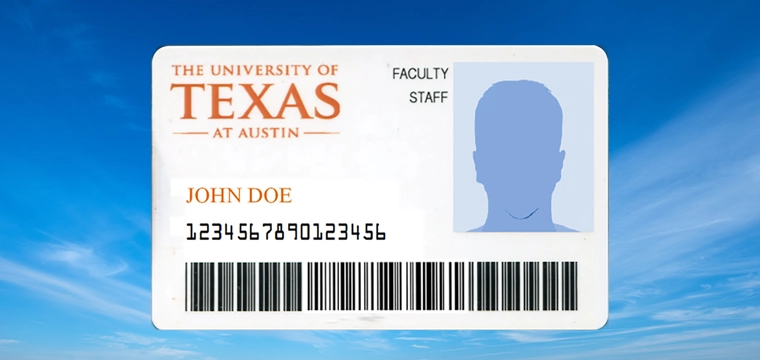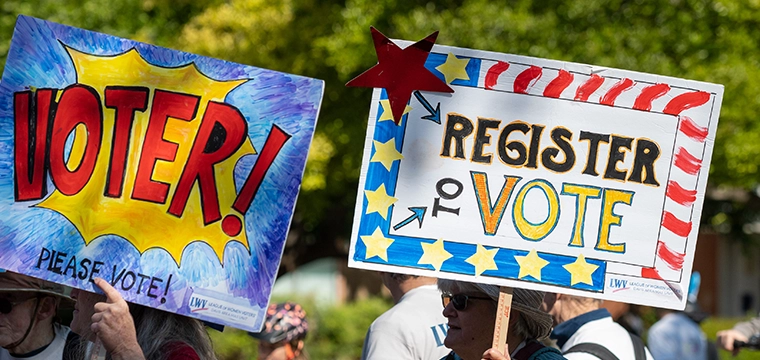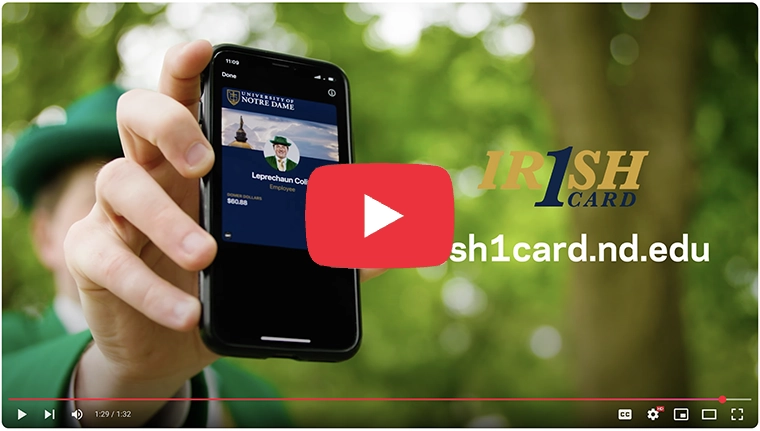
The need-to-know facts about contactless and your campus card system
By: Dan Gretz, Senior Director, Market Development, Blackboard Transact
Campus credentials and their various uses represent a rapidly expanding technology aiding colleges and universities in operating more efficiently while enhancing the student experience. Today, traditional magnetic stripe and prox cards – once the standard on campus – are being replaced in favor of more secure, sophisticated contactless cards and smart phones enabled with Near Field Communication (NFC).
Contactless cards and mobile credentials contain a computer chip with a connected antenna, enabling credentials to communicate with a reader over a wireless interface. They are “contactless” because the credential and reader don’t physically touch during operation, but instead data is shared between the two using radio frequency (RF) communication.
Sharing data via RF communication is extremely common. In addition to AM and FM radio signals, RF communication makes possible many modern conveniences including broadcast and satellite television, cordless phones, mobile phones, keyless entry for automobiles, garage door openers, wireless networking and more.
In most of these examples, both the sender and receiver rely on their own power supply. Contactless cards, however, don’t typically contain an on-board power source. Instead, the card accesses the power it needs to operate from the electromagnetic field created by the reader. This process is key to the operation of a contactless identification system as it enables cards to remain idle until they come in close proximity to a compatible reader.
Security, engagement and innovation are staples for universities when it comes to student recruitment and retention. Implementing an NFC-enabled contactless credential on campus helps universities to be at the cutting edge in those very same areas.
In addition, with more security, greater functionality, and multi-application support, institutions deploying contactless make ample strides in future-proofing their technology.
When purchasing new card stock, consider pre-printing the cards with the background elements so that only personalization data such as the cardholder photo and name are printed when issued on campus. Purchasing pre-printed card stock provides the most professional finish and also minimizes the chance of having surface imperfections resulting from the embedded chip, sometimes caused by card designs.
Other suggestions for contactless card issuance include adopting an ISO numbering scheme using a 16-digit card format with a 6-digit IIN registered with ANSI. Schools may also want to redesign or rebrand the card and card program materials to denote new functionality and leading technology. Campuses may also want to consider using their provider’s re-carding services to efficiently personalize new card stock with current cardholder information and avoid wear-and-tear on in-house card printers.
A campus-wide initiative to migrate to an NFC-enabled contactless card or mobile device requires thoughtful planning, involvement of cross-functional leaders, and changes to your overall credential program. But in making the decision to go contactless, a university will enjoy heightened security, greater interoperability and an innovative boost to campus that makes the conversion well worth the effort.




